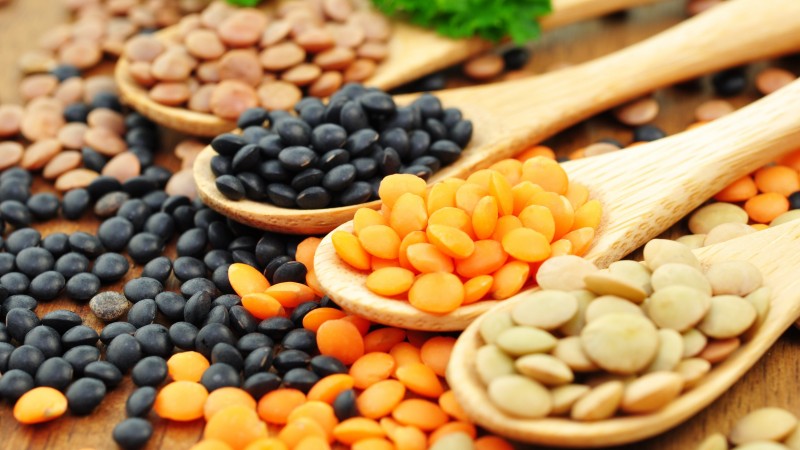Dried lentils: massive production increase in Canada
January 23, 2025 at 12:05 PM ,
Der AUDITOR

30% larger crop
The experts at Chelmer Foods provide an overview of the global lentil market in their latest report. According to that, the market is primarily dominated by Canada, and after a strong Canadian crop, prices initially fell, but the market has stabilised again in the last three months. The Canadian crop is estimated at 2.4 million mt, an increase of 30% compared to the previous year. After facing considerable logistical challenges such as rail transport strikes and congested harbours in 2024, Canadian market players have been able to breathe a little easier in recent weeks. Growers are currently holding back their stocks to drive up prices – thanks to the financial stability of recent seasons, they are not dependent on selling at lower prices. If demand remains at last season's level, this tactic is likely to be successful, and Chelmer Foods expects the picture to become clearer towards the end of the Q1 2025.
Weather does not play along in Spain
A good crop is being recorded in France, with an estimated yield of 2 mt/ha and around 25,000 mt. According to the market experts, however, the weevil plague is a persistent problem and a major cause for concern, as there is no effective means of containing it. Nevertheless, the success of the last season should encourage farmers to continue growing lentils. By contrast, the outlook is bleak in Spain: According to Chelmer Foods, the weather conditions here were so bad that farmers have almost suffered a total loss, even though plantings had increased due to high market prices.
High production also in Australia
Australia, which produces around 1 million mt of red lentils, could prove to be a competitor for Canada. However, Canada currently still accounts for 70% of global red lentil production. Crop estimates for Turkey amount to 350,000 mt, and 300,000 mt for the Black Sea countries. After two tight seasons, the global market is now anticipating higher supply, which is easing the situation somewhat. Demand remains robust.
View more
- price charts





